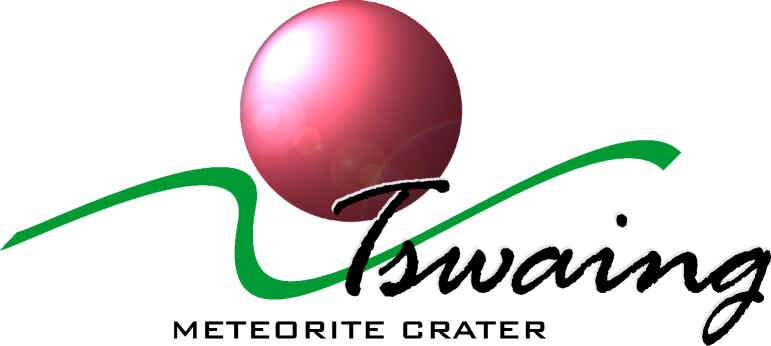|
Site of 1972 and 1988 drilling projects (courtesy National Cultural History Museum) |
 |
|
Drilling The Crater |
|
|
Several shallow boreholes and wells had been sunk for industrial and testing purposes into the crater floor prior to 1972. In that year, the Pratley Mineral Exploration Company (Pty) Ltd sunk a borehole to a depth of 172 metres to explore the clay content of the crater floor. A rotary drill was used to sink this borehole near the centre of the crater floor. Core recovery was poor (only chips were recovered) and did not allow any firm conclusions regarding the origin of the crater.
Throughout the upper 90 metres of the drill core, predominantly dine-grained lacustrine sediments were penetrated. Below this zone lies some 60 metres of sandy material, which also contains a few granites boulders. Below 150 metres only fractured granite bedrock was encountered. At 200 metres below the lake surface, solid bedrock composed of Nebo Granite was encountered and drilling was finally abandoned. |
|
| (Source: REIMOLD, W U, BRANDT, D, DE JONG, R C, HANCOX, J, 1999, Tswaing Meteorite Crater. An introduction to the natural and cultural history of the Tswaing region including a description of the hiking trail. Popular Geoscience Series 1. Pretoria: Council for Geoscience. Available at the Council for Geoscience, Pretoria, South Africa) | |
| All intellectual property rights, including but not limited to copyright and trademarks, vested in the material contained on the NFI website is held by the NFI and may not be copied, reproduced, adapted, published or distributed in any form whatsoever without the prior written consent of the responsible person at the NFI. | |
